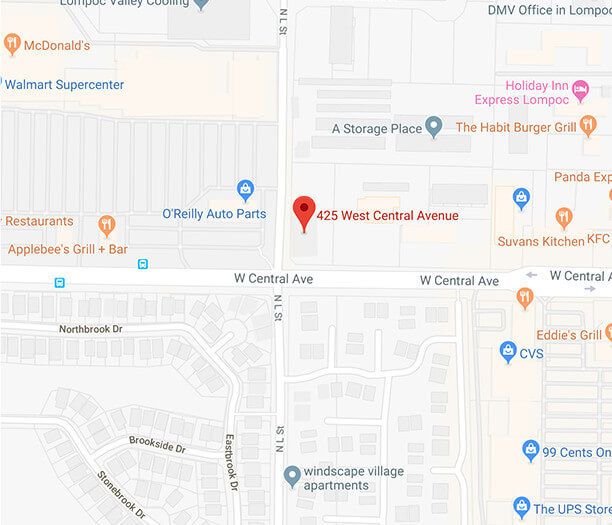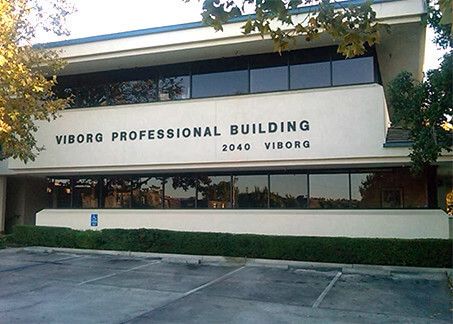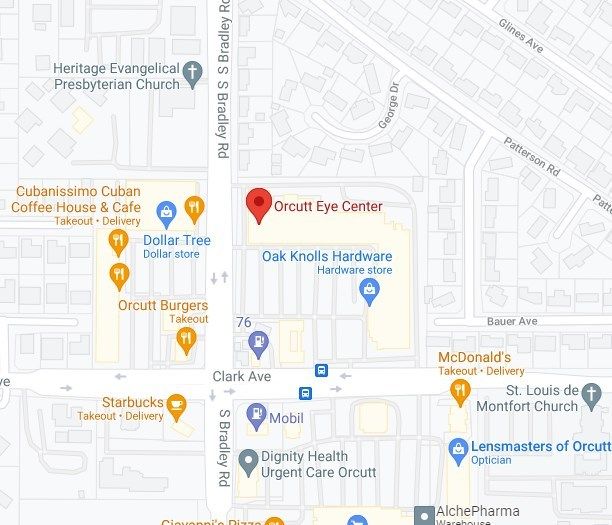
Over 150 million people in the United States have some degree of refractive error. According to the National Eye Institute, it’s one of the most prevalent vision problems. Fortunately, eye doctors can recommend eyewear prescriptions to people who suffer from refractive errors. Are you nearsighted, farsighted, or astigmatic but want to reduce your dependency on eyeglasses or contact lenses? Refractive surgery may be right for you. I bet you’ve heard about LASIK and PRK. If you’re unsure which procedure is better suited for your ocular needs, read on to learn more about how they vary.
LASIK vs. PRK
Laser-assisted in-situ keratomileusis, or simply LASIK, is a household name. It’s known for its large-scale success as well as fast recovery time. A less popular but still effective treatment option is photorefractive keratectomy or PRK. It’s an older procedure similar to LASIK, only that PRK generally requires a more extended recovery period. Nevertheless, it can be an excellent alternative for patients who don’t qualify for LASIK.
Both LASIK and PRK are forms of refractive surgeries that have the same goal — correct vision. Each procedure generally requires the same duration, between five and 15 minutes per eye. It also involves the use of the same tools and equipment, but the goal is achieved differently.
The Process. With LASIK, your surgeon will cut a thin flap on your cornea to reshape the tissue underneath. The corneal flap isn’t visible to others. It will secure itself back to your eye, but it will always be there. In contrast, PRK will involve leaving your eye exposed. Your surgeon will remove the entire outer layer of your cornea, then allow the reshaping process. Over time, the top layer will grow back.
Recovery Period. After your LASIK operation, your vision will be too impaired. So, you’ll have to ask someone to drive you home. Your surgeon will ask you to rest for a few hours. This way, you don’t strain your eyes. Many patients start to experience improved vision within hours after LASIK. You should be able to go back to your routine immediately in a day or two. PRK, on the other hand, will require you to take several days off work. It usually takes a few days or so for your cornea to heal. Unlike in LASIK, there will be no flap in your cornea to reseal the hole. Instead, you will have to give it time to knit itself together eventually. Only then will you be able to use your eyes consistently.
LASIK and PRK are more alike, though, despite these differences. Nevertheless, the way your vision correction is achieved still matters. If the LASIK cut required to create a corneal flap isn’t right for you because of your highly active lifestyle, PRK may be an excellent alternative for your unique needs. As always, it would be best to speak with your eye doctor regarding your options.
At Shepard Eye Center, we can provide recommendations and guide you on proceeding with any vision correction surgery. Call any of our offices today in Santa Maria, Lompoc, or Solvang, California, to schedule your consultation.


























